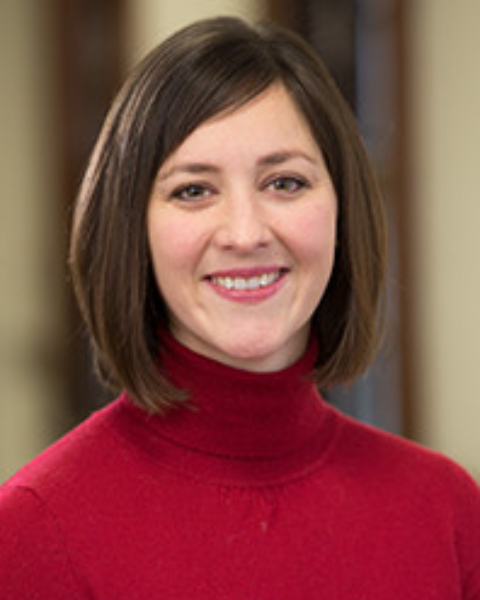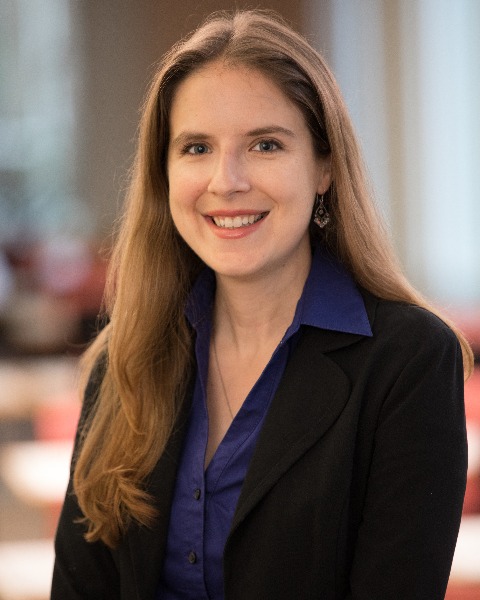Symposia
Obsessive Compulsive and Related Disorders
3 - (SYM 90) Prognostic Prediction of Outcomes in a Treatment Program for OCD & Related Disorders (OCRDs)
- OW
Olivia Woodson, BS
Clinical Research Coordinator
McLean Hospital
Belmont, Massachusetts, United States - MM
Mary E. McNamara, MA
PhD Student
McLean Hospital
Belmont, Massachusetts, United States - JK
Jennie M. Kuckertz, PhD
Administrative Director of Research
McLean Hospital / Harvard Medical School
Belmont, Massachusetts, United States - HM
Heather Martin, BA
Research Assistant
McLean Hospital
Belmont, Massachusetts, United States 
Courtney Beard, Ph.D.
Psychologist
McLean Hospital
Belmont, Massachusetts, United States
Christian A. Webb, Ph.D. (he/him/his)
Associate Professor
Harvard Medical School and McLean Hospital
Belmont, Massachusetts, United States
Martha J. Falkenstein, Ph.D. (she/her/hers)
Director of Research, OCD Institute / Assistant Professor
McLean Hospital/Harvard Medical School
Belmont, Massachusetts, United States
Speaker(s)
Co-author(s)
Co-Author(s)
Although Exposure & Response Prevention is well-established as the first line treatment for OCD, 40-50% do not experience clinically significant change, and little is known about who is at risk of being symptomatic post-treatment. Prior studies examining outcome predictors have mixed findings and limited clinical utility, as any individual predictor typically accounts for limited variance in outcome. Most studies have been RCTs with stringent criteria and controlled treatments. Multivariable machine learning (ML) approaches may maximize predictive performance, while minimizing statistical overfitting, thus increasing generalizability of predictive models to new patients. We aimed to compare the performance of common ML approaches in predicting outcomes in a naturalistic treatment program for OCD and related disorders (OCRDs), and to identify baseline demographic and clinical variables that predict prognoses to guide treatment and improve outcomes.
Participants were 690 adults receiving partial/residential treatment for OCRDs with mean baseline Yale-Brown Obsessive-Compulsive Scale (Y-BOCS) of 24.92 (SD = 6.2), age: 29.9 (SD = 11.9); most identified as non-Hispanic White (85.7%), and cisgender men (50.1%). The sample was randomly split into training (80%; n = 552) and holdout validation (20%; n = 138). Within the training sample, 93 baseline variables were submitted to 13 ML algorithms to predict discharge YBOCS (using 10 fold nested cross-validation). We implemented the best performing model (lowest mean squared error, MSE) in the holdout.
At discharge, there was substantial variance in Y-BOCS severity (M = 15.1, SD = 6.5, range 0-40). Of 13 algorithms tested in the training sample, ensemble method, SuperLearner, had the lowest prediction error (MSE = 36.00; MAE = 4.80; R2 = 0.16). The SuperLearner model from the training sample was applied in the holdout to predict discharge Y-BOCS (MSE = 31.29, MAE = 4.47; R2 = 0.17), which differed from observed values by an average of 4.47 points.
In summary, this ML approach yielded outcome estimates within 5 Y-BOCS points on the basis of pre-treatment variables. Limitations include a lack of diversity in the sample.

.png)
